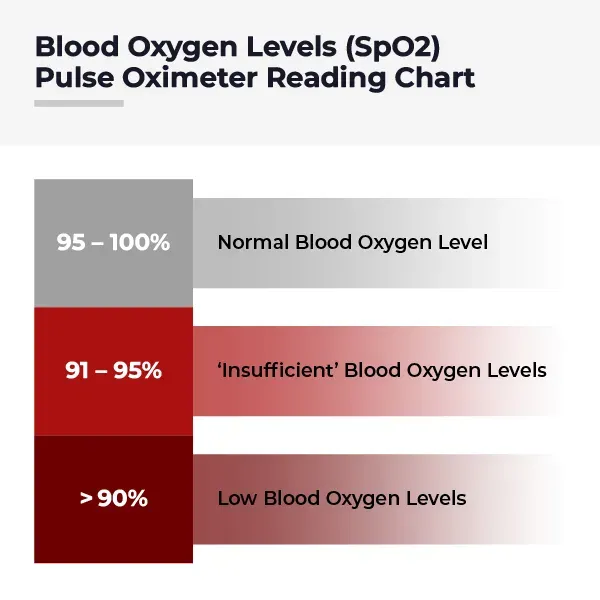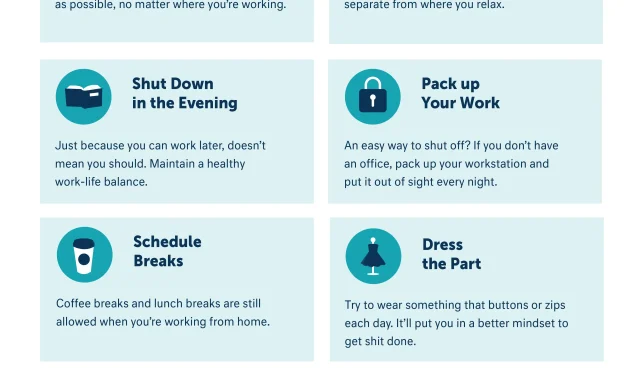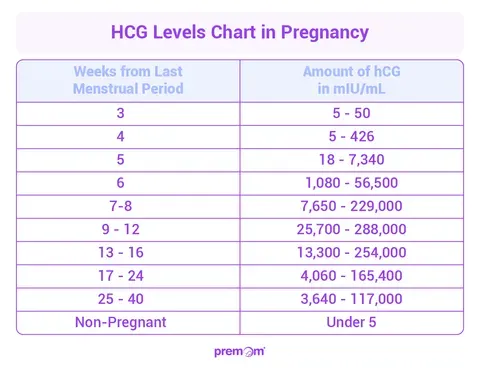Blood oxygen saturation is a crucial indicator of our respiratory health, representing how effectively oxygen is transported in the bloodstream.
Normal oxygen levels typically range from 95% to 100%, making it vital to monitor any deviations, particularly low blood oxygen, which can signal underlying health issues.
Advances in technology, such as the Apple Watch oxygen sensor introduced in 2020, have made oxygen saturation measurement accessible to the general public, empowering users to keep track of their SpO2 levels conveniently.
With consistent monitoring, individuals can gain insights into their overall wellness, making it easy to detect trends that may indicate a decline in health. Understanding blood oxygen saturation not only promotes awareness but also encourages proactive health management, especially for those at risk of respiratory conditions.
Oxygen saturation refers to the percentage of oxygen bound to hemoglobin in the blood, commonly quantified through blood oxygen levels.
As one of the key metrics of respiratory efficiency, maintaining optimal levels is essential for overall health. Newer wearable technology, such as fitness trackers and smartwatches, now offer sophisticated means to measure blood oxygen, enriching personal health data.
This real-time oxygen measurement capability is not just a convenience; it provides invaluable information for users to detect potentially dangerous conditions like hypoxemia. Moreover, understanding the dynamics of oxygen levels, known as SpO2, plays a critical role in managing various health issues, ensuring timely interventions.
Understanding Blood Oxygen Saturation
Blood oxygen saturation, often referred to as SpO2 levels, is a critical measure of how effectively oxygen is transported through the bloodstream. Normal oxygen saturation levels generally fall between 95% and 100%. Values below this range may indicate potential health issues, with levels below 90% considered significantly low and potentially dangerous. Maintaining adequate oxygen levels is essential for sustaining vital organ functions, and various factors can influence these readings, including age, health conditions, and environmental factors.
In assessing oxygen levels, it’s important to recognize that different age groups may have slightly different normal ranges. For instance, while many adults maintain levels around 96-98%, older adults may exhibit variations due to physiological changes. Understanding these nuances can empower individuals to monitor their health more effectively, as well as inform conversations with healthcare providers about any concerns regarding low blood oxygen saturation.
The Role of the Apple Watch Oxygen Sensor
Since its introduction in 2020, the Apple Watch oxygen sensor has revolutionized personal health monitoring. The device utilizes advanced optical technology to measure the blood oxygen saturation levels of its users, providing insights that were previously reserved for clinical settings. The ability to track SpO2 levels has made it easier for individuals to keep tabs on their respiratory health, ensuring they can respond promptly to any noticeable decreases in oxygen saturation.
While the Apple Watch’s oxygen sensor measures blood oxygen levels reasonably accurately, it is essential to note that it should complement, rather than replace, medical devices like pulse oximeters. The data collected by the watch helps individuals recognize trends in their oxygen saturation measurements, which can indicate health emergencies or episodes of low blood oxygen. Amidst the advances in wearable technology, ongoing attention to the accuracy of these health indicators remains crucial.
Accuracy of Apple Watch Blood Oxygen Measurements
The accuracy of the Apple Watch’s blood oxygen sensor has been validated by various studies, showcasing its reliability in measuring SpO2 levels. Research indicates that the device’s average absolute difference compared to trusted medical-grade oximeters is less than 1%, making it a valuable tool for everyday monitoring of oxygen levels. However, users should be aware that some factors, such as skin color, may influence readings, as medical-grade devices sometimes overestimate oxygen saturation in individuals with darker pigmentation.
For anyone concerned about their blood oxygen saturation, the precision offered by the Apple Watch presents an excellent opportunity for proactive health management. By regularly checking oxygen saturation, users can spot trends that might indicate underlying health conditions, like sleep apnea or lung-related issues, which could necessitate medical evaluation or intervention.
Factors Influencing Blood Oxygen Levels
Various factors can affect blood oxygen saturation levels, leading to fluctuations that may indicate health risks. Conditions such as sleep apnea, high altitude exposure, and chronic respiratory diseases—like asthma and COPD—are prevalent contributors to low blood oxygen levels. Acute situations such as infections, particularly COVID-19, can also lead to significant drops in oxygen saturation, emphasizing the need for individuals to be vigilant regarding their readings.
Monitoring your oxygen saturation can serve as an early warning sign for potential health complications. For instance, experiencing consistently low readings could prompt individuals to seek medical advice or further investigation. Understanding these contributing factors can empower users of the Apple Watch and other devices to take charge of their health and navigate any concerns about low blood oxygen.
Interpretation of Trends in Oxygen Saturation
When assessing blood oxygen saturation, it’s crucial to look beyond individual measurements and focus on trends over time. While a single low reading might not hold significant weight, a pattern of declining oxygen levels can signal underlying health issues that warrant attention. Thus, users should regularly track their SpO2 readings to understand their typical range and observe any deviations that might indicate health concerns.
Healthcare professionals emphasize that trends provide more context than isolated measurements. For example, if an individual typically registers around 96% but experiences a consistent drop to 92%, it could be a cause for concern. The Apple Watch allows for real-time data collection, enabling informed discussions with healthcare providers, who can interpret these trends in the context of an individual’s overall health.
Tips for Maintaining Healthy Oxygen Levels
Maintaining healthy oxygen saturation levels can significantly impact an individual’s overall health and well-being. Engaging in regular physical activity is one effective way to enhance respiratory function and improve blood oxygen levels. Exercise promotes better circulation, which can help maintain optimal SpO2 levels while also mitigating risks associated with low blood oxygen.
Furthermore, ensuring a healthy lifestyle—such as a balanced diet, adequate hydration, and avoiding smoking—also plays a pivotal role in promoting healthy oxygen levels. By incorporating these strategies into daily routines, individuals can help support their body’s oxygen saturation, enhancing not just their fitness but also their quality of life.
Understanding the Impact of Low Blood Oxygen Levels
Low blood oxygen levels can lead to a host of medical issues, ranging from fatigue and confusion to serious conditions requiring immediate intervention. Chronic low oxygen saturation can result from various factors, including lung diseases and cardiovascular issues, making it crucial for individuals to seek medical advice if they notice persistent low readings. Symptoms of low blood oxygen often include shortness of breath, rapid heartbeat, and cyanosis, which refers to a bluish coloration of the skin.
Recognizing the symptoms and risks associated with low blood oxygen is vital for timely treatment and management. Individuals looking to monitor their health should take advantage of tools like the Apple Watch, which can provide insights into their SpO2 levels, allowing for proactive steps to improve respiratory health.
Managing Sleep Quality and Oxygen Levels
Sleep apnea is a common condition that can severely impact blood oxygen saturation during sleep. Individuals with sleep apnea experience repeated interruptions in breathing, which can lead to significant drops in blood oxygen levels throughout the night. Using the Apple Watch to monitor oxygen saturation can help raise awareness of sleep quality and alert users to potential signs of sleep apnea.
By tracking blood oxygen saturation during sleep, users can identify patterns or disruptions that indicate sleep apnea risk. Engaging in discussions with healthcare providers about these readings can lead to effective management strategies, including lifestyle changes or medical interventions that help regulate breathing and maintain adequate oxygen levels during sleep.
The Role of COVID-19 in Oxygen Saturation
The COVID-19 pandemic has highlighted the importance of monitoring blood oxygen levels, as many patients experience significant drops in oxygen saturation due to the virus’s impact on lung function. Tracking SpO2 levels has become a vital practice for individuals recovering from COVID-19, as monitoring can provide critical insights into their respiratory health. The use of devices like the Apple Watch becomes pivotal in detecting early signs of declining oxygen levels.
A better understanding of how COVID-19 and other illnesses can affect blood oxygen saturation enables individuals to take charge of their health. Early detection of low oxygen levels can lead to timely medical interventions, reducing the risk of severe complications that may arise from untreated drops in SpO2.
Frequently Asked Questions
What is a normal blood oxygen saturation level?
Normal oxygen saturation levels typically range from 95% to 100%. A reading below 95% may indicate low blood oxygen, which can require further evaluation.
How does the Apple Watch measure blood oxygen saturation?
The Apple Watch utilizes an optical sensor that shines red and infrared light into the skin. It measures the light that reflects back to calculate your blood oxygen saturation percentage, known as SpO2 levels.
What are the effects of low blood oxygen levels?
Low blood oxygen levels, defined as readings below 90%, can lead to symptoms like shortness of breath, fatigue, and confusion. It’s crucial to investigate potential causes such as lung conditions or sleep apnea.
How accurate is the Apple Watch’s blood oxygen sensor compared to medical devices?
The Apple Watch’s blood oxygen sensor has been shown to be as reliable as medical-grade devices, typically differing by less than 1% from standard pulse oximeters, although accuracy may vary with skin pigmentation.
Can the Apple Watch detect low blood oxygen during sleep?
Yes, while the Apple Watch primarily tracks movement, low blood oxygen readings during sleep could indicate conditions such as sleep apnea, which the device can help monitor.
Why was the blood oxygen sensor on the Apple Watch disabled in 2024?
The sensor was disabled in January 2024 due to a patent dispute with Masimo. Though the hardware exists in newer models, usage was restricted to comply with legal rulings.
When was the Apple Watch’s blood oxygen sensor re-enabled?
The sensor was re-enabled on August 14, 2025, following adjustments to its functionality that complied with prior patent issues.
What factors can lead to temporary low blood oxygen saturation?
Temporary low blood oxygen levels can occur due to high altitude, respiratory infections like COVID-19, asthma, sleep apnea, or chronic conditions such as COPD and heart disease.
How can I monitor my blood oxygen saturation on the Apple Watch?
To monitor blood oxygen saturation, ensure your iPhone is updated and check the Health app. If measurements are not visible on the watch, use the ECG app to activate the sensor.
What should I do if my blood oxygen levels are consistently low?
If you consistently read low blood oxygen levels, consult with your healthcare provider to investigate underlying causes and appropriate treatments.
| Demographic | Median Oxygen Saturation (%) | Percentiles (%) |
|---|---|---|
| Male, 50-65 | 95 | 90th: 97, 10th: 94 |
| Female, 18-35 | 96-98 | |
| Female, 35-50 | 96-98 | |
| Female, 50-65 | 96-98 | |
| Female, 65+ | 96-98 |
Summary
Blood oxygen saturation is a vital health indicator that reflects how well oxygen is transported in the blood. The average blood oxygen saturation level is 96%, with variations according to demographic factors such as age and gender. Understanding oxygen saturation and monitoring it using devices like the Apple Watch can help detect health issues early. Regular checks can provide crucial insights into conditions like sleep apnea and the impact of infections like COVID-19, making awareness of blood oxygen saturation essential for maintaining good health.
#BloodOxygen #HealthTips #WellnessGuide #MedicalInsights #HealthyLiving








